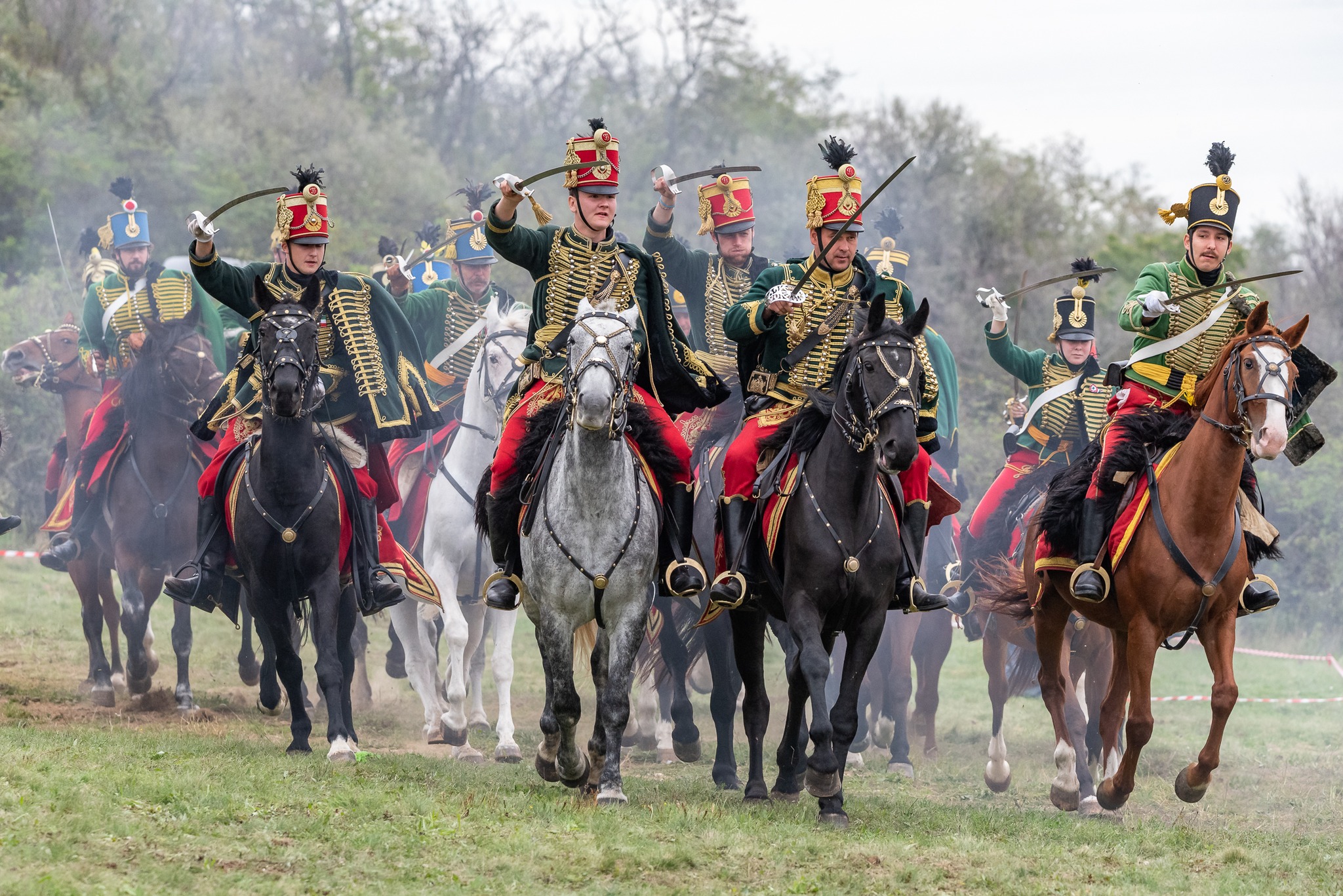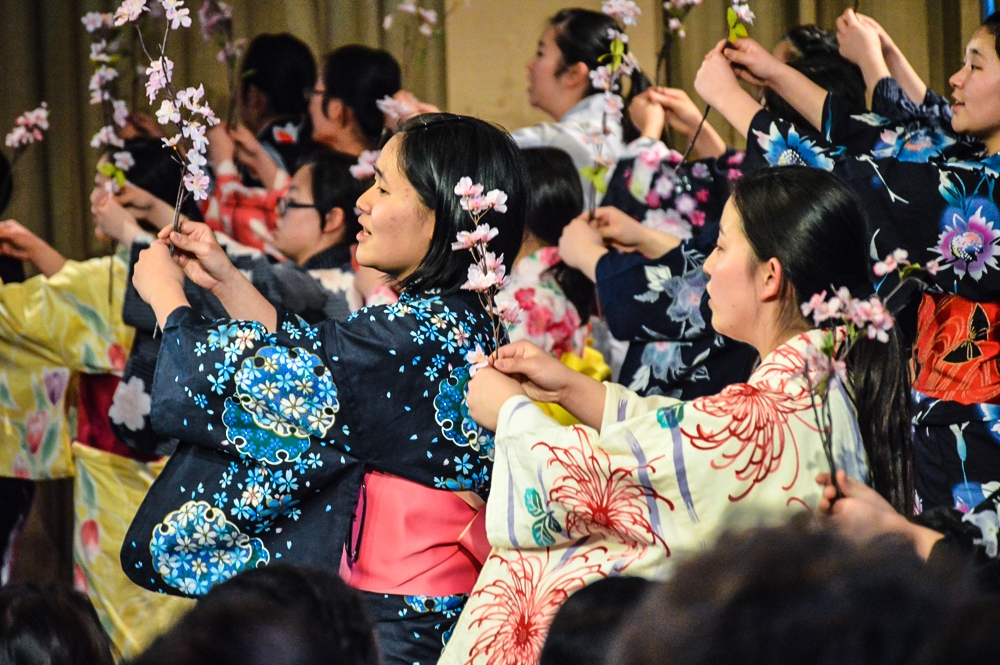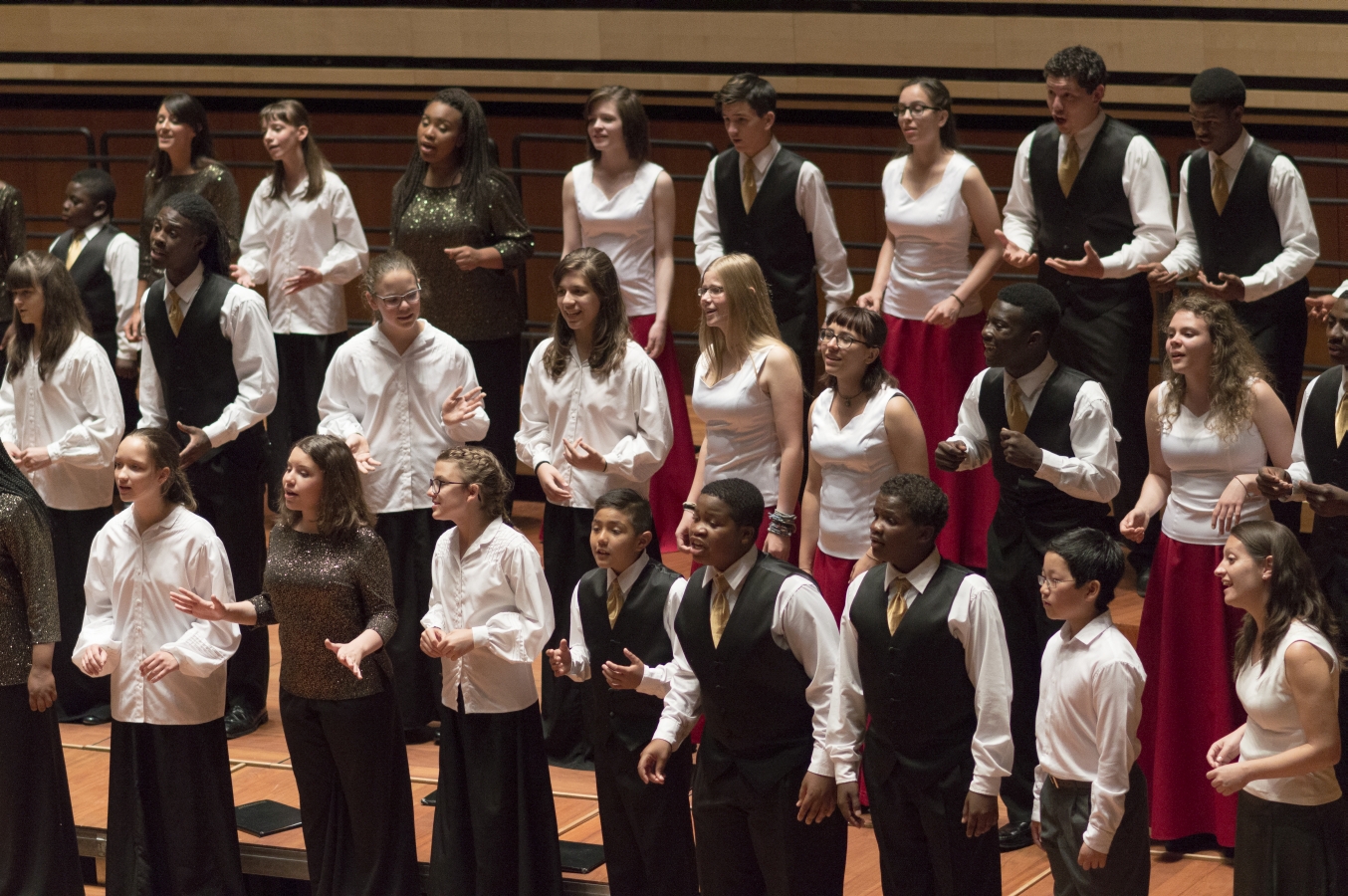by immusic | Nov 30, 2022
Category
vocal
Age
12-25
Number of participants
10-16
Duration
approx. 45 min.
Working method
Musical abilities of the trainers
1 2 3 4 5 6
Equipment and instruments
- music player /app to play the song
Competences
- movement coordination
- attention
- concentration
- common singing
- rhythm recognition
- body balance
Recruiting Dance
The participants get acquainted with a popular Hungarian soldier recruiting song, which Zoltán Kodály also used in his musical
composition János Háry. Participants can learn a soldier dance
with simple Hungarian folk dance elements.
AIM
Participants learn a melody and dance moves parallelly – this helps to memorise the song easier and deeper. There are various and simple dance moves that change line by line. This session with listening to the music and learning the song and the dance moves improves the participants concentration and they are able to observe the development of their moves by a special community experience.
Description
The group members are standing in a circle or random in the room.
The facilitator start with a brief discussion on the recruitment of the soldiers and how they were inspiried and convinced to join the army. Then facilitator shares information on the hussars: hussar was a member of a class of light-horseman soldiers (light cavalry). This has Central-European origin, in the 15th and 16th centuries. The title and characteristic dress of these horsemen were later widely adopted by light cavalry regiments in European armies in the late 17th and early 18th centuries. A number of armored or ceremonial mounted units in modern armies preserve the title of hussars.
Next step is to listen to the music and/or watch the video with dance. Then the facilitator shows the dance moves to the participants, these are as follows:
Recruiting dance (hussar dance) to the rhythm of the melody:
1. One step to the right with raising the knee (like marching) – one step to the left with raising the knee
2. Two steps to the right with raising the knee
3. Two steps to the left with raising the knee
3. Once clap your hand and one slap to the inner part of right ankle with the left hand
4. Once clap your hand and one slap to the inner part of left ankle with the right hand
5. Once clap your hand and one slap to the inner part of right ankle with the right hand
6. Once clap your hand and one slap to the inner part of left ankle with the left hand
And repeat starting from point 1.
In the end of the session the facilitator can ask the participants how they feel and if they see how inspiring this song and dance ought to be for the people to join the army.
Optional: hussar cap made by the group (cardboard, red felt-tip pen, glue, scissors) – preliminary preparation
Lyrics
A jó lovas katonának
De jól vagyon dolga.
Eszik, iszik a sátorba,
Semmire sincs gondja.
Hej élet, be gyöngy élet,
Ennél szebb se lehet,
Csak az gyüjjön katonának,
Aki ilyet szeret.
Translation:
The good horse-soldier
Has it really good.
He eats and drinks in the tent,
And has no cares at all.
Heigh, life, what a splendid life,
It couldn’t be lovelier,
Only one who likes this kind of life
Should be a soldier.
by immusic | Nov 30, 2022
Category
vocal
rhythm
Age
10+
Number of participants
10-20
Duration
approx. 40 min.
Working method
group work
Musical abilities of the trainers
1 2 3 4 5 6
Equipment and instruments
- music player / app to play the song
- optional: percussion instruments
Competences
- learning and memory skill
- cultural sensitivity
- collaboration
- attention
- concentration
- rhythm recognition
Echo Game
Playful learning of a Japanese children’s song with a possible interpretation with echoing sounds, movements
AIM
The well-known Japanese children’s song offers the participants simple and easy-to-learn singing. Echo play processing requires attention and concentration and creates a special atmosphere, especially with adding instruments (drum), movements or play with lights.
Description
- The facilitator talks about the significance of children’s songs in music and poetry in everyday life and in general. After that they listen to the song in Japanese.
- Facilitator shares the translation of the Japanese text.
- The group sings the song while listening to the recording, they practise till they know the melody with confidence.
- The group can try to sing the melody in canon as signed in score (Version 1, Version 2).In version 1, we divide the team into two groups. Thus, the two groups sing the same melody, only shifted in time. The first group starts singing the melody and when they get to number 2, the second group starts over.
The version 2 is much more difficult, there we divide the team into three groups, and they sing the melody by directly entering one after the other.
Simple echo game:
Facilitator starts the eco game with the group: first participants form 2 groups and they stand opposite to each other, not close to each other. On the facilitator’s signal the first group starts to say “ho” or “ho-ho” or “ho-ho-ho” and the other group echo’s this. This game can be combined with movement, drums or flashing lights (this work better in the evening).
Lyrics
Ho ho hotaru koi
atchi-no mizu-wa nigai-zo
kotchi-no mizu-wa amai-zo
ho ho hotaru koi
Translation – Come Firefly
Fly, fly, firefly, come
The water over there tastes bitter
The water over here tastes sweeter
Fly, fly, firefly, come
by immusic | Nov 30, 2022
Category
vocal
Age
10+
Number of participants
8-30
Duration
approx. 35 min.
Working method
group work
Musical abilities of the trainers
1 2 3 4 5 6
Equipment and instruments
- music player / app to play the song
- optional: percussion instruments
Competences
- learning and memory skill
- cultural / intercultural sensitivity
- improvisation
- perception
- attention
- concentration
- rhythm recognition
Shosholoza
An easy-to-learn, often-repeated African melody that can be paired well with exercises such as the Storm game (13).
AIM
The melody is extremely simple and can be learned quickly based on the group leader or one of the videos. The melody can be accompanied by a wide variety of rhythms and movements, which encourage the participants to develop creative solutions.
Description
- Listening of the song performed by the facilitator or choose from the useful links below
- Explanation of the text
- Learning melody and lyrics with many repetitions
- Applause and drumming of different rhythms associated with the melody
- Add movement improvisation in smaller groups
Lyrics
Shosholoza
Kulezontaba
Stimela siphume South Africa.
Wen u ya baleka
Kulezontaba
Stimela siphume South Africa
Translation:
Work, work, working in the rain
Till there’s sun again
Shosholoza
Push, push pushing on and on
There’s much to be done
The steam train to South Africa.
This song meaning: “Shosholoza, this train is gaining speed and steaming for South Africa”.
Comments for facilitators
Shosholoza has become a national traditional song in South Africa for past decade.
“Shoshaloza” has no specific meaning & was derived from the onomatopoeic & repetitive sound of the train wheels transporting the migrant workers back to their families in Rhodesia (Zimbabwe).
by immusic | Nov 30, 2022
Category
rhythm
Age
5+
Number of participants
10-80
Duration
approx. 10 min.
Working method
group work
Musical abilities of the trainers
1 2 3 4 5 6
Equipment and instruments
- music player / app to play the song
- optional: ocarina
Competences
- collaboration
- attention
- concentration
- rhythm recognition
Storm
A play where the sound of raindrops and strom are created
by the participants only using their hands as instruments.
AIM
An energizing group exercise, it develops creativity and an understanding of how easy it is to create powerful sounds without instruments or vocals. The exercise shows the power of rhythm and how extremely effective a common rhythm is in strengthening team cohesion.
Description
Everybody stands in the circle. The facilitator explains the task.
The facilitator shows the movements and the participants have to follow one by one without stopping.
Creating the storm with movements:
- rub your palm – represents how the wind blows
- snap your finger – represents how the rain drops
- clap with your fingers – represents how rain drops heavier
- drum on your thigh – represents the storm
- stamp your feet – to create the thunder
This is the high point of the rain and storm, now we play how the storm calms down. To do that in reverse: drum on your thigh, clap with your fingers, snap your finger, rub your palm.
At the end it sounds like a rain „from calm to storm” and „from storm to calm”.
This can be also played with rain calming down a bit and then becoming heavier again etc.
Repeat with changing who leads the rhythm of the storm.
Bird and other forest animal sounds can also be added, e.g. with whistling.
by immusic | Nov 30, 2022
Category
vocal
Age
12+
Number of participants
6-40
Duration
approx. 20 min.
Working method
group work
Musical abilities of the trainers
12 3 4 5 6
Equipment and instruments
- music player / app to play the song
Competences
- cultural / intercultural sensitivity
- empathy
- attention
- creativity
- movement coordination
- cooperation
- concentration
- sense of rhythm
Be Zulu
Getting to know the music and dances of a distant culture.
AIM
Initiate movement improvisation through an easy-to-learn Zulu folk song based on the movements of the singers in the video.
Description
With the help of the facilitator or the videos, the participants learn the Zulu tune „Siyahamba”. (With the help of the recordings and sheet music, it can be learned in several parts, but it is also absolutely perfect in unison.)
They watch the videos again and observe the movements the Africans make while singing the song.
They try them out together or in smaller groups.
The participants create their own choreography from the movement elements they like best, which they perform while singing the song or playing the recording.
LYRICS
Siyahamba, ekukanyen’ kwenkos’,
Siyahamba, ekukanyen’ kwenkos’,
Siyahamba, siyahamba, oh,
Siyahamba ekukanyen’ kwenkos’.
We are marching in the light of God.
We are marching in the light of God.
We are marching, we are marching, ooh,
We are marching in the light of God.










Recent Comments